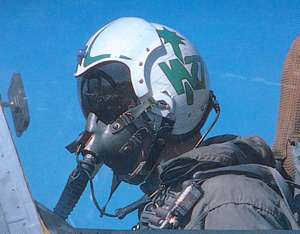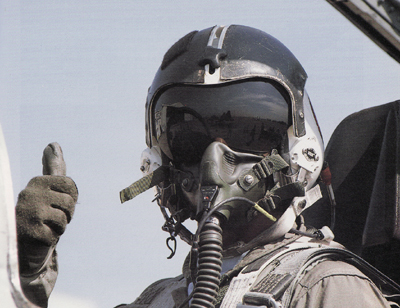AZADPAKISTAN2009
ELITE MEMBER

- Joined
- Sep 8, 2009
- Messages
- 37,662
- Reaction score
- 68
- Country
- Location
The European/Western products aren't made that way to look "cool", it's a matter of form following function. If you want a huge, unobstructed field of view, rather than a monocle hanging down over one eye with an annoying bracket, it's going to take more volume and better engineering. The materials selected are very important... lightweight but strong carbon fiber helps, rather than injection molded plastics. Under 9 G, the mass of the system becomes critical.
Look when you are in your plane all the information you need is displayed in your avionics package - the purpose of the helmet is to protect you from unexpected trauma to head.
If you want to shoot down a fighter look in your display screen engage and release your missiles end of story why carry a 10 kg weight on your head filled with wires and electrical circuits you get injured these wires will get buried into your skull

Nice and simple -































